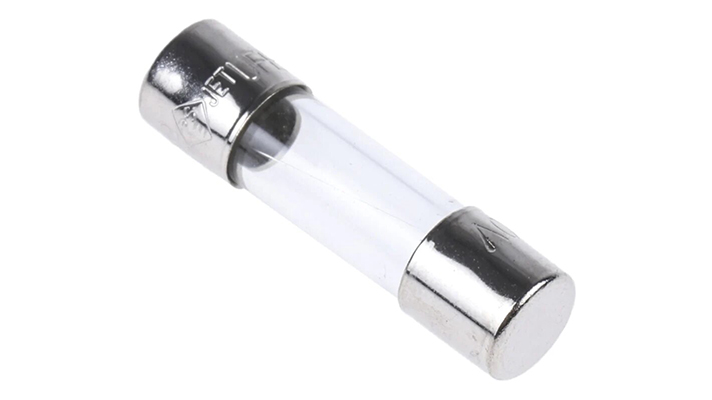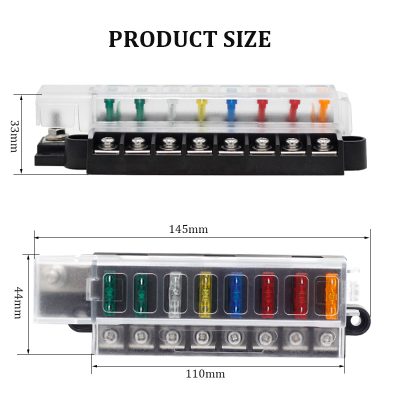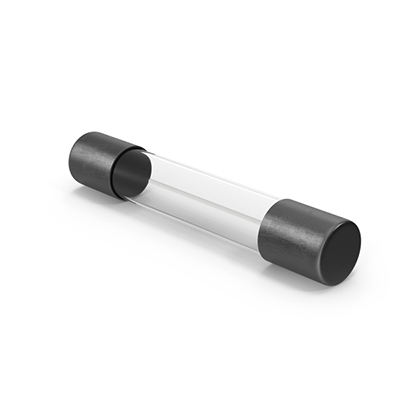The Critical Role of Glass Fuses in Safeguarding Car Interior Light Circuits
News 2025-10-27
Glass fuses play a vital role in automotive electrical systems, particularly in protecting circuits for interior lighting. These small, cylindrical components are designed to safeguard against electrical faults by melting and breaking the circuit when excessive current flows. In car interior light circuits, which include dome lights, map lights, and dashboard illumination, glass fuses prevent damage from overloads or short circuits. This protection is essential for maintaining vehicle safety and reliability, as faults in lighting circuits could lead to fire hazards or system failures. Understanding the function of glass fuses helps in appreciating their importance in modern automotive design, ensuring that everyday features like interior lighting operate without risk.

Applications in Automotive Interior Lighting
Glass fuses are commonly used in various applications within car interior lighting systems. For instance, they protect circuits powering LED or incandescent bulbs in overhead lights, door-activated lamps, and instrument panel backlighting. In electric vehicles and hybrids, these fuses handle the demands of advanced lighting technologies, such as ambient lighting or smart dimming features. By isolating faults, glass fuses prevent cascading failures that could affect other electrical components, like the vehicle’s computer systems. This makes them indispensable in both standard and luxury vehicles, where reliable interior lighting enhances driver visibility and comfort during night driving or in poorly lit conditions.
Performance Advantages of Glass Fuses
Glass fuses offer several key benefits that make them ideal for car interior light circuits. Their transparent glass body allows for easy visual inspection to check if the fuse has blown, enabling quick diagnosis and replacement without specialized tools. They respond rapidly to overcurrent situations, typically within milliseconds, which minimizes potential damage to wiring and components. Additionally, glass fuses are cost-effective and compact, fitting seamlessly into tight spaces within a vehicle’s fuse box. Their durability in temperature fluctuations and resistance to vibration ensure long-term performance, making them a preferred choice for automotive manufacturers focused on efficiency and safety.
Common Questions and Answers
1. What is the standard ampere rating for glass fuses in car interior lights?
Most glass fuses for interior lighting circuits range from 5 to 15 amps, depending on the specific light system and vehicle model.
2. How can I identify if a glass fuse is blown?
A blown glass fuse often shows a broken filament inside the glass tube, which can be seen by holding it up to light; it may also cause the connected light to fail.
3. Why are glass fuses preferred over other types in automotive use?
Glass fuses are favored for their quick response time, ease of inspection, and ability to handle common automotive voltage levels effectively.


